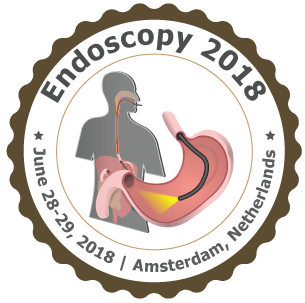Endoscopy
Endoscopy is a procedure that aids the doctors to look at your internal organs to help in diagnosing, identification or even during surgery. The endoscope is inserted through your mouth, or an incision near the part to be examined, nose, anus, urethra or vagina. The endoscope is a long flexible tubed instrument with tiny cameras attached to the edge of the scope that helps in the organ viewing. Although endoscopy was earlier used to view only the gastrointestinal tract, it can now be used to view numerous other infected/ problematic areas as well, viz., Arthroscopy-for joints, Bronchoscopy-for lungs, Colonoscopy- for colon and intestines, ureteroscopy- for urinary system, Laparoscopy-for abdomen or pelvis, Upper gastrointestinal endoscopy/ esophagogastroduodenoscopy- for oesophagus and stomach. Endoscopy is used to investigate, diagnose, and to treat the diseases. Most of the endoscopes allow doctors to use narrow band imaging, to help detect precancerous conditions, some also use high definition video imaging. Endoscopy is a safe procedure involves only rare complications like bleeding, minor infections, and tearing of the gastrointestinal tract.
- Upper gastrointestinal endoscopy
- Endoscopic retrograde cholangiopancreaticography
- Capsule Endoscopy
- Colonoscopy or Sigmoidoscopy
- Diagnostic indications
- Infection control
- ERCP/Cholangioscopy
- Critics and ethics on endoscopy
- Practice Management
- Endoscopic Ultrasound (EUS)
- Endoscopic Mucosal Resection
- Endoscopic Submucosal Dissection (ESD)
- Enteroscopy
Related Conference of Endoscopy
Endoscopy Conference Speakers
Recommended Sessions
- Abdominal and Gastro-intestinal Radiology
- Abdominal and Pelvic Ultrasound
- Complications in Endoscopy
- Digestive Diseases and Endoscopy
- Endoscopic Procedures and Surgeries
- Endoscopy
- Endoscopy and Diagnosis
- Endoscopy and Pancreatic Cancer
- Endoscopy and Treatment
- Gastrointestinal Oncology
- Imaging in Transplants
- Imaging Techniques of Abdomen and Pelvis
- Inflammatory bowel disease (IBD)
- Liver Diseases and Gastroenterology
- Oncologic Imaging
- Recent Advances in Endoscopy & Abdominal Imaging


